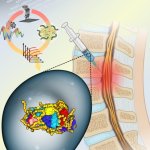
News • New hope
Using AI and robotics to treat spinal cord injuries
By employing artificial intelligence (AI) and robotics to formulate therapeutic proteins, researchers promoted tissue regeneration.

By employing artificial intelligence (AI) and robotics to formulate therapeutic proteins, researchers promoted tissue regeneration.
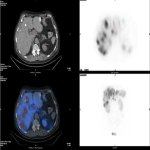
Molecular radiotherapy shows great potential in becoming a more mainstream treatment for cancer, but the field is being hampered by a limited radionuclide supply.
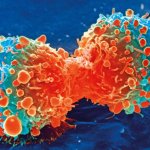
New research from the University of East Anglia (UEA) and Quadram Institute reveals how our immune system can be triggered to attack cancer cells.

Experts are leading a new initiative to help save the lives of thousands of women giving birth by Caesarean section in developing nations (LMIC).
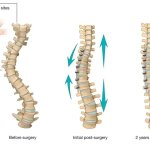
Fusion surgery has been the long-standing treatment for people with scoliosis. Now, other options have become available.
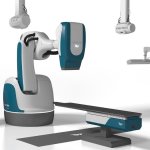
GenesisCare announced the establishment of the Accuray CyberKnife S7 robotic accelerator that delivers radiosurgery treatment guided by AI and synchronized with real-time imaging.

A new kind of bone implant reduces the chance of infection, and therefore significantly decreases implant failure rates.

Pre-transplant chemotherapy facilitates the replacement of the brain's innate immune cells, by other immune cells derived from the transplanted stem cells.
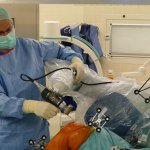
Professor Dr Henning Windhagen is a great fan of semi-automatic systems that help with implants but leave the surgeon in the driver’s seat.
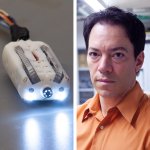
A miniature colonoscopy robot on tank-like treads, which carries a camera and uses other small surgical tools, could have clear benefits for both patients and endoscopists.
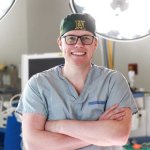
A new risk calculator could reduce the number of unnecessary and invasive biopsies for prostate cancer.
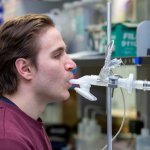
Scientists have confirmed that an inhaled form of COVID vaccine can provide broad, long-lasting protection against the original strain of SARS-CoV-2 and variants of concern.

Children's National Hospital successfully performed the first-ever high-intensity focused ultrasound surgery on a pediatric patient with neurofibromatosis. This is the youngest patient to undergo HIFU treatment in the world.
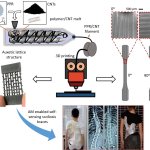
Researchers have developed a new type of lightweight 3D-printed back brace capable of sensing how effectively it fits patients. Its developers say it could lead to improved treatment for scoliosis.
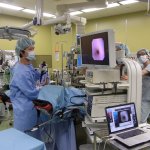
A large-scale study has found that simulation-based surgical training produced an increase of surgeons’ skills for more complex surgeries.
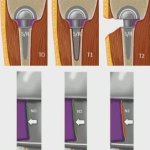
Periprosthetic joint infection (PJI) can be an enormous challenge for orthopaedists and trauma surgeons. Antibiotic-loaded bone cement is an important element in a prevention strategy.
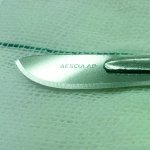
Researchers from Auckland have uncovered a link between the sharpness of surgical tools such as scalpels and the risk of post-surgery infection.
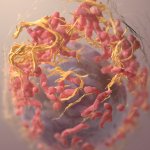
From solid tumors to metastatic carcinomas and leukemia: cancer is among the most common causes of death. Keep reading for latest developments in early detection, staging, therapy and research.
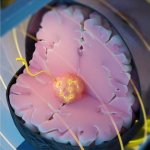
Scientists at University College London have developed a novel cancer therapy that uses an MRI scanner to guide a magnetic seed through the brain to heat and destroy tumours.
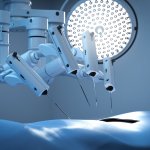
Un estudio de la Universitat Oberta de Catalunya (UOC) analiza los factores que influyen en la percepción de las personas sobre la utilización de la robótica en las intervenciones quirúrgicas médicas.
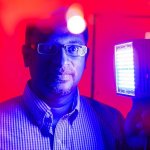
Light therapy may accelerate the healing of skin damage from radiation therapy by up to 50%, according to a recent University at Buffalo-led study.
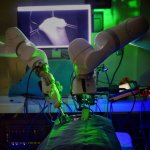
A robot has performed laparoscopic surgery on the soft tissue of a pig without the guiding hand of a human – a significant step toward fully automated surgery on humans.
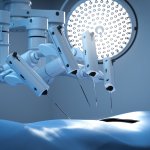
A literature review fleshes out key issues currently preventing the proliferation of robotic procedures, specifically their use in image-guided interventional procedures in the brain.
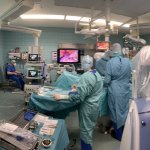
Esslingen is one of the most innovative regions worldwide. Thus, it does not come as a surprise that Esslingen‘s 660-bed hospital is interested in adopting cutting-edge technology. A surgical robot, to be precise.
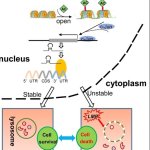
Scientists reported the key role of histone acetylation-regulated long noncoding RNA termed as lysosome cell death regulator (LCDR) in tumor survival, providing a potential diagnostic and therapeutic target for lung cancer.